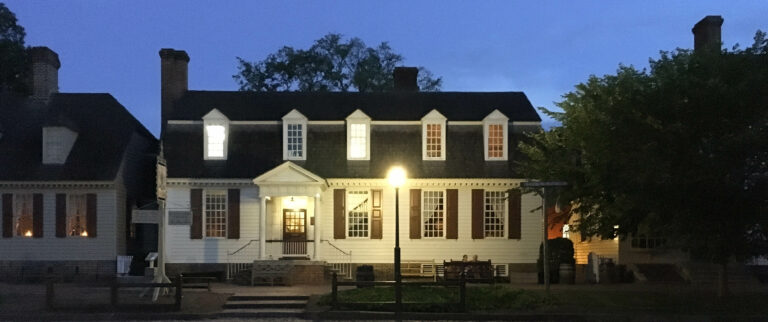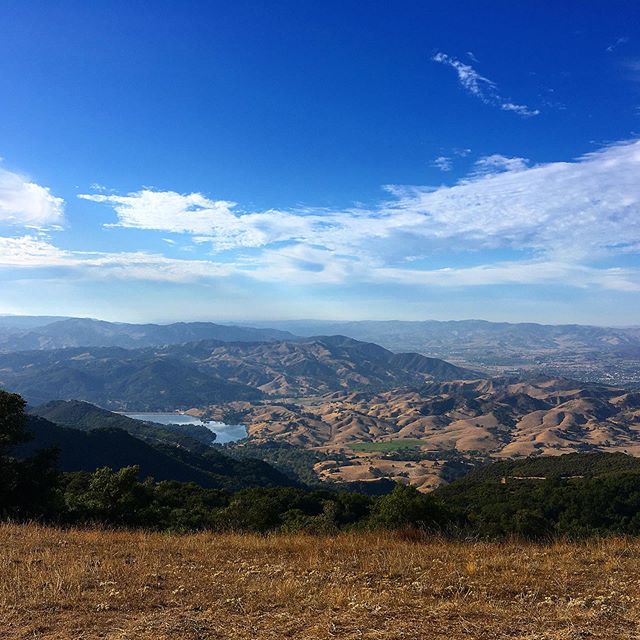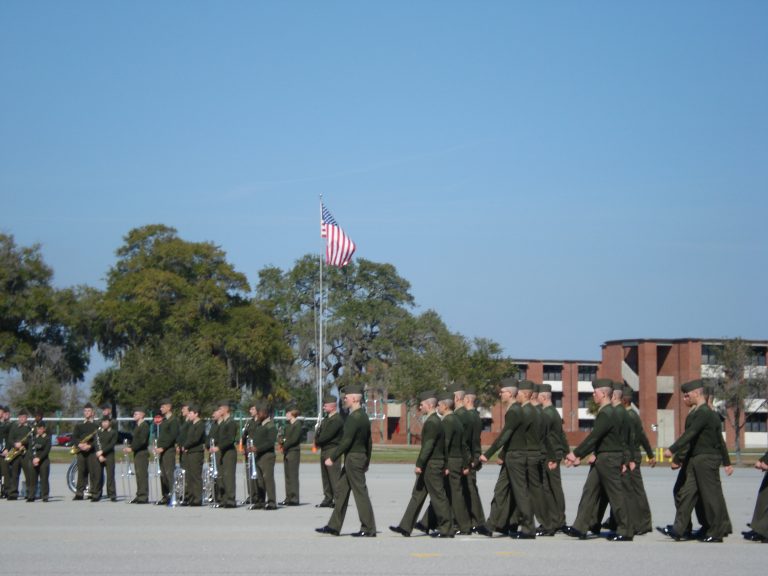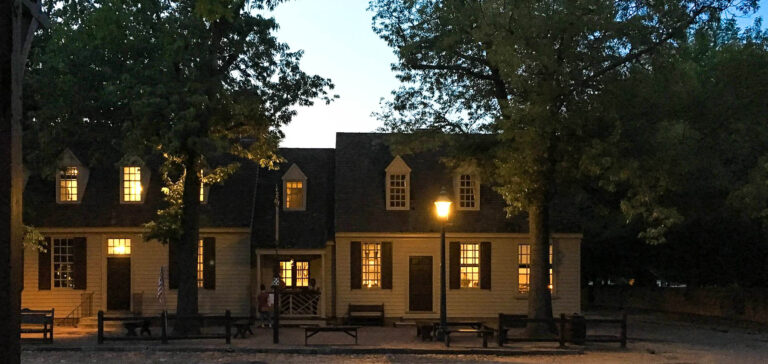A Court of Tar and Feathers at Colonial Williamsburg

Margaret Thatcher notes in her excellent book Statecraft: Strategies for a Changing World:
America is more than a nation or a state or a superpower; it is an idea–and one which has transformed and continues to transform us all. America is unique–in its power, its wealth, its outlook on the world. But its uniqueness has roots, and those roots are essentially English . . . It was from our Locke and Sidney, our Harrington and Coke, that your Henry and your Jefferson, your Madison and Hamilton took their bearings.
Indeed, America is the first nation founded on a bed of ideas, and those English ideas were refined, and the best ways to bring them to fruition debated, in the colonial capitals, coffeehouses, and taverns.
But it would be overly generous to claim that American independence was won only through reasoned discourse.
There were many in the American colonies who remained loyal not only to English ideas but also to British rule. Those who couldn’t be persuaded to join the patriots faced intimidation.
As the Revolutionary City program at Colonial Williamsburg dramatizes, bags of feathers and buckets of tar, not-so-subtle threats of what colonial royalists might expect, were publicly displayed around the colonies and used to win royalists to the patriots’ side.

After my misspent youth as a wage worker, I’m having so much more fun as a blogger, helping other discerning travellers plan fun and fascinating journeys. Read more …






If you haven’t already, you might want to check out the book “America’s First Revolution” by Michael Barone. It is a history of the 1688 – 1689 Glorious Revolution in England, but it speaks of how the English Bill of Rights developed and was an inspiration for our own rights a century later.